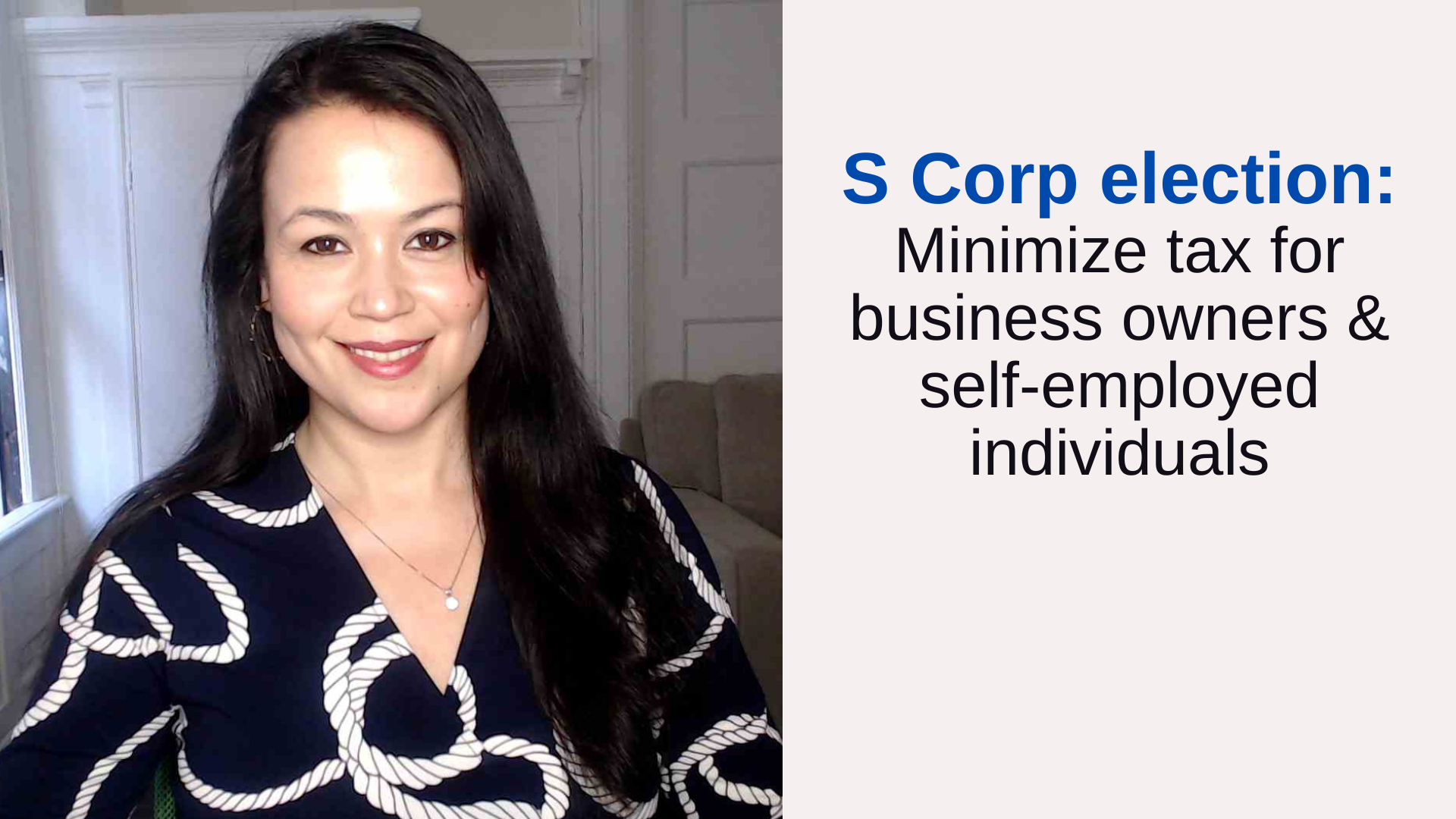Physicians & business owners: Reduce your tax with SEP & Simple IRA and Solo 401(k)
Roshani Pandey is a financial advisor and founder of True Root Financial. True Root Financial is located in San Francisco, CA and serves clients across the globe.
Whether you are a physician who runs your own practice or a physician who works as an independent contractor, you can take advantage of the tax planning benefits available to business owners.
One of the biggest tax planning benefits comes in the form of retirement plans such as SEP & Simple IRA and Solo 401(k). These plans are easy to set up and can potentially save you thousands of dollars in taxes. They need to be implemented by the tax filing date of April 15. In this article, we will talk about each type of plan and any key differences.
1. Choosing a SEP-IRA Plan- Best for companies with a few employees
A Simplified Employee Pension (SEP) IRA is unique in the sense that all contributions are only made by the employer. The employees receive the contributions and it vests immediately. For this reason, SEP is most popular with small companies with a few employees. It is also popular with self-employed individuals as it is easy to set up.
A SEP IRA allows for a contribution of up to 25% of each employee’s pay up to $61,000 for 2022. If you are self-employed, you can make a contribution for yourself as your own employer. This means that if you are in the 37% marginal tax bracket, you can save $22,570 in tax. If your spouse also works in your business, your combined tax saving will be $45,140.
Here are some additional key features:
- One key benefit: SEP-IRAs permit employers to omit contributions during years that the company is not generating a profit or is experiencing declining sales
- Most SEPs require that company owners make allocations proportional to employees’ salaries. As a result, all the contributions for the employees should be the same percentage of salary
Establishing a SEP
The employer first has to choose a financial institution to serve as trustee of the SEP-IRAs that will hold each employee’s retirement plan assets. These accounts will receive the contributions made to the plan.
If you have a financial advisor, they will execute the three next steps for you:
- Execute a written agreement to provide benefits to all eligible employees.
- Give employees specific information about the agreement.
- Set up an IRA account for each employee.
2. Choosing a Simple IRA: An easy 401K substitute for companies with multiple employees
A Simple IRA is more cost-effective for a small company (typically 100 or fewer employees) to set up than a traditional 401(k), which requires both set-up and ongoing administrative costs.
All that is required to set up a SIMPLE IRA is completing a form. The plan must be set up for each eligible employee. An employee becomes eligible if they have been earning at least $5,000 from the company for the last two years.
Unlike a SEP IRA, both employer and employees can contribute to a Simple IRA:
- Employees can contribute up to $14,000 per year for 2022
- The employee is always 100% vested in all the SIMPLE IRA funds
The employer has a choice of how they want to contribute:
- Non-elective contributions: The employer contributes 2% of each employee’s salary into the plan each year, even if the employee does not contribute
- Elective contributions: Dollar-for-dollar matching contribution, up to 3% of the employee’s salary
The simplicity comes with a cost compared to other plans
Simple IRA is easy and inexpensive to set up and maintain, and employees share responsibility for saving for retirement. However, the plan has inflexible contributions and lower contributions limits than other retirement plans. An employee can save much more in a 401(k) plan or SEP-IRA.
These plans also don’t allow you to take loans against them. If you try to withdraw funds from the plan before reaching the age of 59.5, you may have to pay a penalty of 10%-25% on the withdrawal, plus any income taxes.
3. The Solo 401(k) : Best for an independent contractor
If you are a solo business owner or a physician who works as an independent contractor, a solo 401(k) might be right for you. The IRS allows a solo 401(k), or a one-participant 401(k) for self-employed individuals, which has many aspects of an employer-sponsored plan.
To describe these plans, the IRS states that the business owner wears two hats in a Solo 401(k) plan: employee and employer. Contributions can be made to the plan in both capacities:
- Employee contributions of up to the annual contribution limit:
- $20,500 in 2022 or $27,000 in 2022 for those age 50 and older.
- Employer contributions:
- As the employer, you can contribute additional profit-sharing funds of up to 25% of your compensation or net self-employment income. This typically comes out to a little less than 20% of the net profit
- Total contributions cannot exceed $61,000 for 2022 ($58,000 for 2021).
- Your spouse can contribute to a solo 401(k) too if they work in the business.
Key benefits and considerations:
Many self-employed individuals choose between a SEP IRA and Solo 401(k). Compared to a SEP IRA, a Solo 401(k) has many advantages:
- You can make a Roth contribution with a Solo 401(k), which you cannot with a SEP IRA
- You can take a loan of up to $50,000
- You can contribute more and hence save more in taxes. If your net income is high enough, this may not matter and your contribution might come out to be the same
One key reason to choose a SEP IRA instead of a Solo 401(k):
Despite all its advantages, a Solo 401(k) has one requirement that might tip the scale in favor of a SEP IRA. That is the requirement that a solo 401(k) needs to be established by December 31 of a given year in order to contribute for that year. A SEP IRA on the other hand can be established and funded right up to the time you file your taxes before April 15 of the next year.
Take action
A retirement plan is not only a great way to save for tomorrow, it is also an effective tax planning tool. If you would like to learn how we work with physicians to help with investing, tax planning and overall wealth planning, please book an introductory call below:










Leave a Reply
Want to join the discussion?Feel free to contribute!